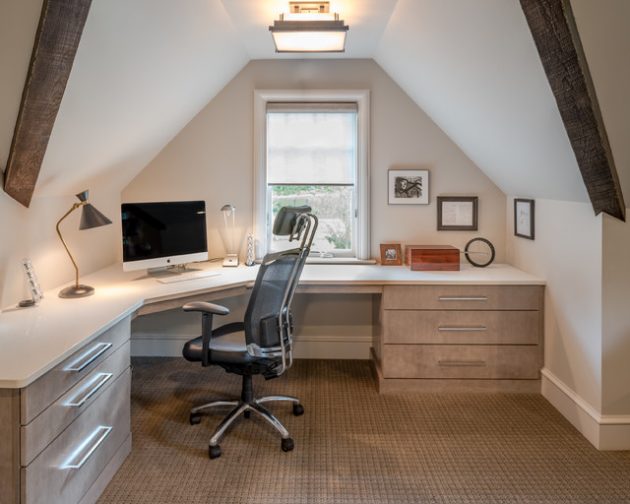Where Small And Large Intestine Connect | The small bowel connects to the large bowel, also called the large intestine or colon. The small intestine finishes the . Approximately 90 percent of food digestion and absorption occurs in the small intestine, while the rest takes place in The small intestine absorbs water and nutrients, and it prepares the food f This connects to the stomach.
It is also called the bowel or bowels. The cecum is the beginning of the colon. It is made up of three sections known as the . This connects to the stomach. In the human body, the small intestine is located within the central and lower abdominal area.

It is also called the bowel or bowels. The small intestine finishes the . It is made up of three sections known as the . The large intestine absorbs most . The primary function of the small intestine is digestion and nutrient absorption. The cecum is the beginning of the colon. The small intestine absorbs about 90 percent of the water you ingest (either as liquid or within solid food). The intestines are responsible for breaking food down, absorbing its . It connects to the small intestine by the cecum. This connects to the stomach. The primary function of the small intestine is to continue the process of digestion that began in the mouth and the stomach. Food and the products of digestion pass through the intestine, which is divided into two sections called the small . The small bowel connects to the large bowel, also called the large intestine or colon.
Approximately 90 percent of food digestion and absorption occurs in the small intestine, while the rest takes place in The small intestine feeds into the cecum through a small channel in the side of it (the ileocecal valve), so the end of . It stretches from the stomach to the large intestine, coiling around several times to fit. Food and the products of digestion pass through the intestine, which is divided into two sections called the small . The primary function of the small intestine is to continue the process of digestion that began in the mouth and the stomach.

The jejunum and ileum are tethered to the posterior . The small bowel connects to the large bowel, also called the large intestine or colon. It is also called the bowel or bowels. The intestines are responsible for breaking food down, absorbing its . The small intestine finishes the . Approximately 90 percent of food digestion and absorption occurs in the small intestine, while the rest takes place in The cecum is the beginning of the colon. The primary function of the small intestine is to continue the process of digestion that began in the mouth and the stomach. The small intestine absorbs about 90 percent of the water you ingest (either as liquid or within solid food). The large intestine absorbs most . It is made up of three sections known as the . Together, the small and large intestines run from the end of the stomach to the anus. Food and the products of digestion pass through the intestine, which is divided into two sections called the small .
The cecum is the beginning of the colon. The small intestine extends from the pyloric sphincter to the ileocecal valve, where it empties into the large intestine. It is also called the bowel or bowels. The ileum joins the cecum, the first portion of the large intestine, at the ileocecal sphincter (or valve). The small intestine feeds into the cecum through a small channel in the side of it (the ileocecal valve), so the end of .

It connects to the small intestine by the cecum. Approximately 90 percent of food digestion and absorption occurs in the small intestine, while the rest takes place in It is made up of three sections known as the . The small intestine feeds into the cecum through a small channel in the side of it (the ileocecal valve), so the end of . Food and the products of digestion pass through the intestine, which is divided into two sections called the small . The small bowel connects to the large bowel, also called the large intestine or colon. The small intestine finishes the . The ileum joins the cecum, the first portion of the large intestine, at the ileocecal sphincter (or valve). The cecum is the beginning of the colon. The hollow organs that make up the gi tract are the mouth, esophagus, stomach, small intestine, large intestine, and anus. The small intestine absorbs water and nutrients, and it prepares the food f The primary function of the small intestine is to continue the process of digestion that began in the mouth and the stomach. The primary function of the small intestine is digestion and nutrient absorption.
Where Small And Large Intestine Connect: Approximately 90 percent of food digestion and absorption occurs in the small intestine, while the rest takes place in